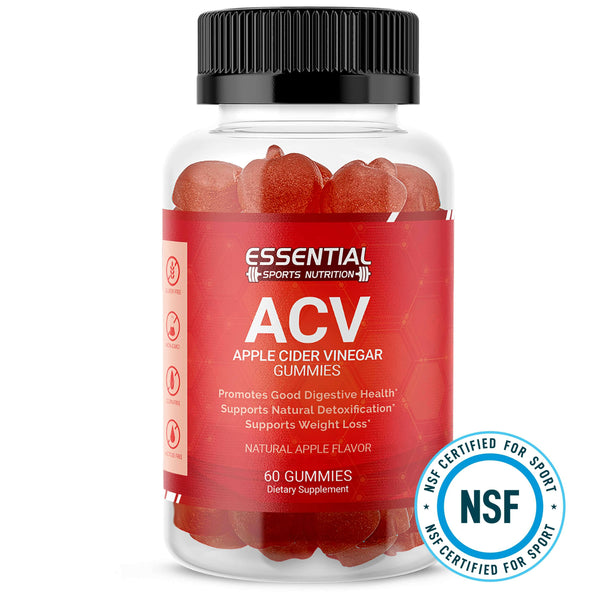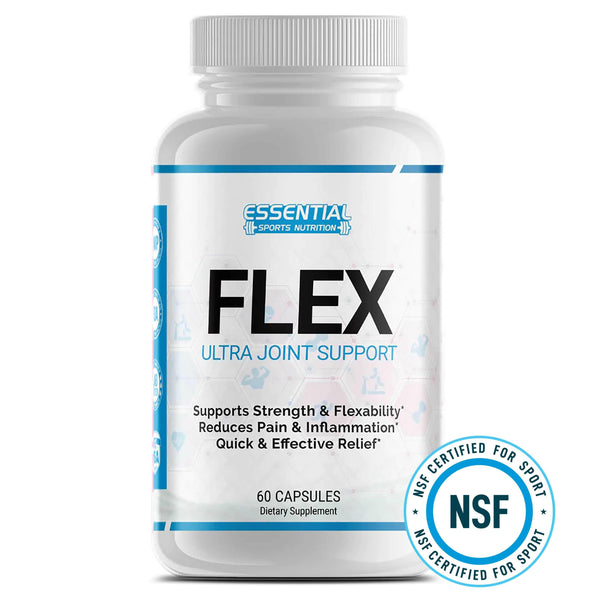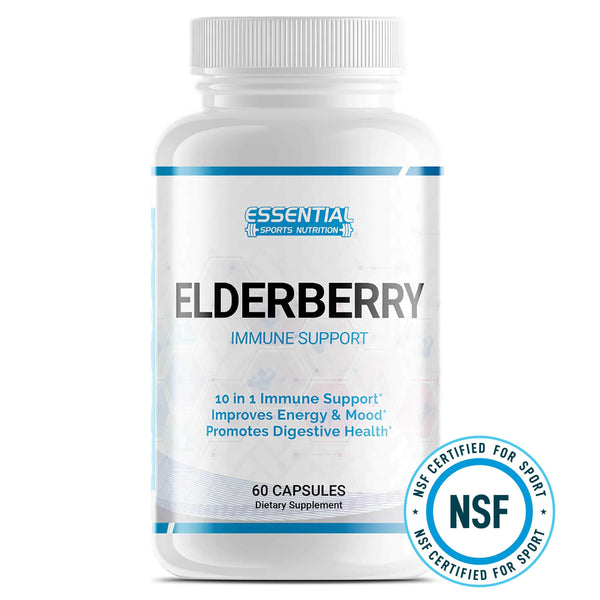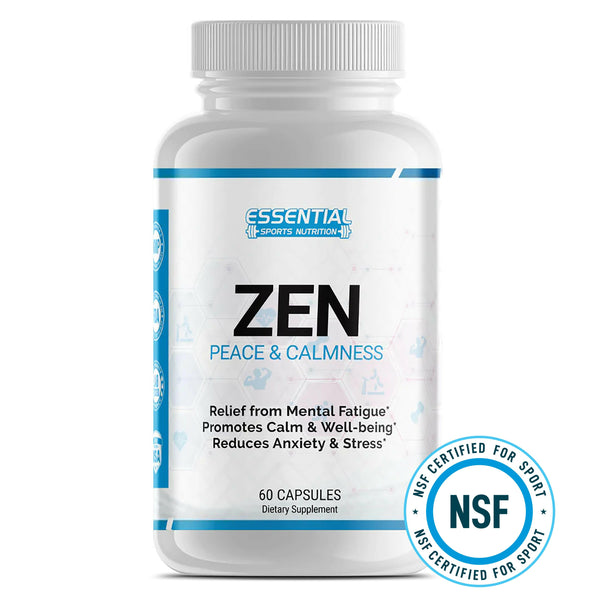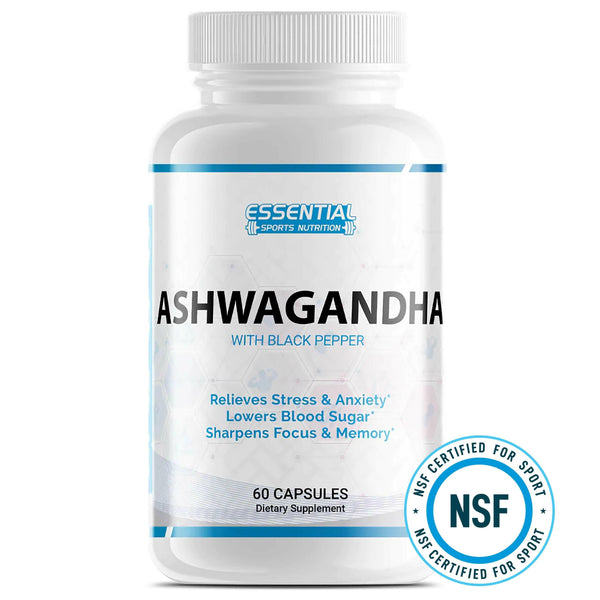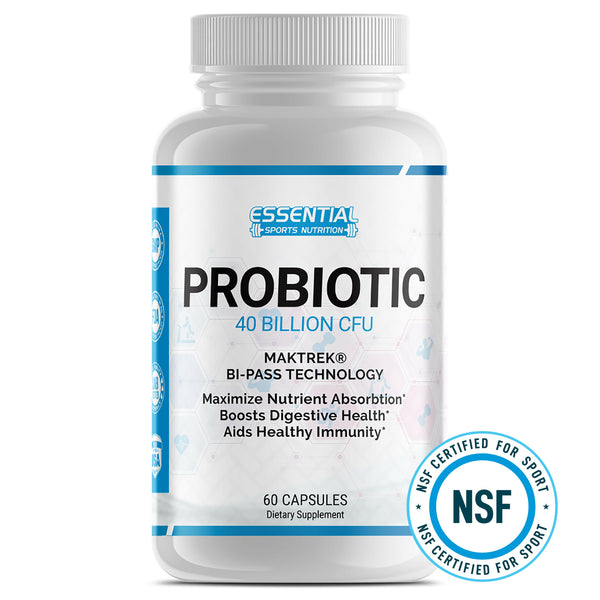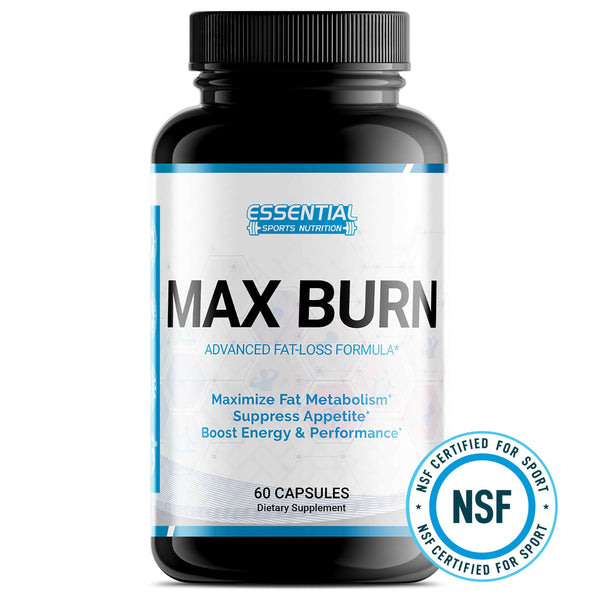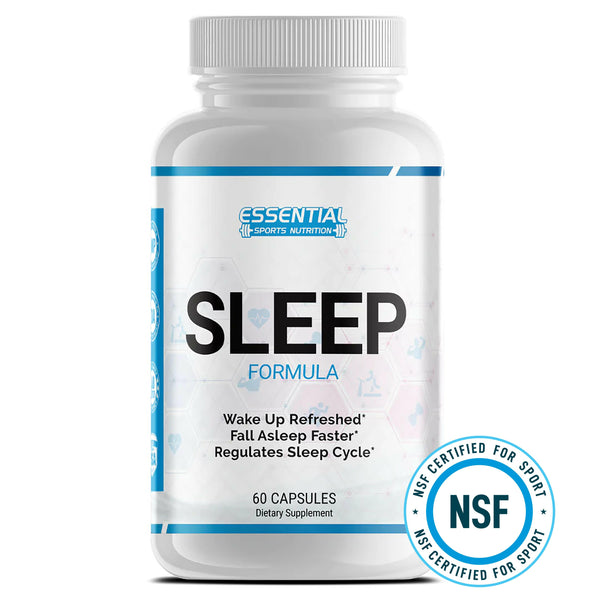Chlorella vs Wheatgrass: How to Use these Superfoods
In the world of nutrition, making smart choices is key to maintaining a vibrant and healthy lifestyle. You might be wondering, with so many superfoods claiming the spotlight, how do you decide which ones deserve a place in your diet? One dilemma that health enthusiasts often face is choosing between two nutrient-packed giants: chlorella and wheatgrass.
These greens are praised for their dense nutritional profiles, but knowing which one tops the charts could make all the difference in fine-tuning your wellness routine.
Wheatgrass brings a bushel of goodness with its rich blend of vitamins and minerals. It's like nature packed an entire multivitamin into these slender blades of grass. As we prepare to dive into the green depths of chlorella versus wheatgrass, keep this fact in mind: both plants offer unique benefits that can support various aspects of your health from detoxification to fortifying your immune system.
Learn what makes each superfood special, how they differ, and most importantly, how to incorporate each in your diet for your wellness goals. 
Key Takeaways
- Chlorella and wheatgrass both give your body lots of good vitamins and minerals.
- Wheatgrass has stuff like chlorophyll, which helps clean your blood, while chlorella is really good at removing heavy metals from the body.
- You can eat these superfoods easily since they come in powders or juices.
Overview of Wheatgrass
Wheatgrass stands tall among superfoods, revered for its dense nutritional offerings that energize and fortify the body's health. Unpacking its benefits reveals a tableau of essential nutrients poised to bolster well-being through natural means.
Nutritional Profile
Understanding the nutritional profile of a superfood is crucial when evaluating its potential health benefits. Below is an HTML table that summarizes the key nutritional components of wheatgrass, highlighting the abundance of nourishing elements it contains:
| Nutrient | Details |
|---|---|
| Chlorophyll | Responsible for the green pigment, it's often associated with detoxifying properties. |
| Protein | Includes all essential amino acids, making it a complete protein source. |
| Vitamins | Rich in vitamins A, C, E, and several B vitamins, including B12, which is rare in plant-based foods. |
| Minerals | Contains magnesium, calcium, iron, and potassium among others. |
| Enzymes | Enzymes like superoxide dismutase that provide antioxidant support are present. |
| Fatty Acids | Includes essential fatty acids that are vital for brain and heart health. |
| Dietary Fiber | Contributes to digestive health and helps in maintaining blood sugar levels. |
| Antioxidants | Contains compounds that help protect against cellular damage and oxidative stress. |
This table distinctly outlines the abundance of nutrients found in wheatgrass. Packed with vital elements, it is a powerhouse for those seeking a nutritional boost.

Health Benefits
Wheatgrass offers many health perks. It contains lots of good stuff like vitamins, minerals, and plant-based compounds that help our bodies stay strong.
- Wheatgrass is packed with nutrients. It has vitamins A, C, E, and some from the B group. It also has iron, magnesium, calcium, and amino acids.
- Antioxidants in wheatgrass fight harmful molecules called free radicals. These can damage cells and lead to sickness and aging.
- This superfood boosts your immune system. It helps your body fight off germs and can make you less likely to get sick.
- Drinking wheatgrass juice may help clean your blood and gut. It supports liver detoxification and digestion.
- Some studies suggest wheatgrass could play a role in fighting cancer cells. However, more research is needed to confirm this.
- The chlorophyll in wheatgrass may help manage skin problems like acne by healing tissue.
- Wheatgrass aids in reducing inflammation in the body which can ease pain and swelling.
- For those careful about what they eat, such as vegetarians or people with celiac disease, wheatgrass is a useful food source since it's gluten-free and rich in certain nutrients they need.
Overview of Chlorella

Chlorella, a single-celled green microalgae, has gained traction for its exceptional nutrient density and its specific ability to aid in the detoxification of heavy metals from the body.
As we explore this fascinating superfood, we'll delve into how chlorella contributes to wellness and why it's become a popular choice among health enthusiasts seeking to enhance their dietary regimen.
Chlorella's Role in Heavy Metal Detoxification
Chlorella is a green alga that helps clean heavy metals from the body. These harmful metals, like lead and mercury, can come from the air, water, or food. Chlorella grabs onto these metals and stops them from hurting your cells.
This tiny plant has special parts in it that bind to heavy metals. This makes it easier for your body to get rid of them. People use chlorella as a dietary supplement to help their bodies stay healthy and remove unwanted toxins.
It's like a natural detox tool that keeps you feeling good.
Comparing Wheatgrass and Chlorella

Understand the intricate nuances differentiating wheatgrass and chlorella with an objective comparison. Both superfoods boast impressive nutritional profiles, but examining their distinct attributes reveals which may be more beneficial for specific health goals.
| Comparison | Wheatgrass | Chlorella |
|---|---|---|
| Nutritional Profile | Rich in vitamins A, C, E, and B vitamins. Contains minerals like iron, calcium, magnesium. High in protein and contains all essential amino acids. | Contains a unique blend of vitamins, including B12, which is rare in plant sources. Boasts a higher protein content and is a source of chlorophyll and omega-3 fatty acids. |
| Detoxification | Supports liver health and detoxification. | Excels in binding to heavy metals, aiding in their removal from the body. |
| Health Benefits | Improves digestion, boosts energy, supports immune function, and promotes skin health. | Enhances immune function, supports cellular health, promotes good cholesterol levels, and improves antioxidant status. |
| Usage Convenience | Often consumed as juice or powder, which can be added to smoothies or meals. | Typically available in tablet or powder form, easily integrated into daily diet regimes. |
| Digestibility | Generally considered easy to digest due to its high enzyme content. | Cell walls must be broken down during processing to enhance digestibility, but remains highly bioavailable. |
| Eco-Friendly Cultivation | Typically grows in temperate regions and requires soil. | Can be sustainably cultivated in controlled freshwater environments, often with less impact on land use. |
Each superfood possesses unique characteristics valuable to a health-conscious individual's diet. Wheatgrass offers broad-spectrum nutrition, while chlorella's detoxifying qualities are unmatched. It's crucial to consider personal health goals and dietary needs when choosing between these two powerhouse nutrients.
Conclusion
Chlorella and wheatgrass both pack a punch with their nutrients. They have lots of vitamins, minerals, and other good stuff our bodies need. Chlorella is special because it helps clean heavy metals from our body.
Wheatgrass gives you an energy boost and supports your immune system. Both can be great for adding more greens to your diet as powders or juices. Remember to check they are safe and clean before you try them!
Wheatgrass vs Chlorella FAQs
Q: What is the difference between chlorella and wheatgrass?
A: Chlorella is a type of alga, while wheatgrass is the young grass of the wheat plant. Chlorella is a single-celled green alga, while wheatgrass is a nutrient-rich grass.
Q: Are chlorella and spirulina the same?
A: No, chlorella and spirulina are different types of algae. While both are nutrient-dense and considered superfoods, they are distinct in their nutritional composition and benefits.
Q: What are the health benefits of wheatgrass and barley grass?
A: Wheatgrass and barley grass are rich sources of nutrients such as chlorophyll, digestive enzymes, vitamins, and minerals. They are known for their alkalizing and detoxifying properties, aiding in digestion and providing essential nutrients.
Q: How does chlorella detoxify the body?
A: Chlorella is known for its ability to bind to heavy metals and toxins in the body, aiding in the detoxification process. Its high chlorophyll content supports the body's natural detox mechanisms.
Q: Is wheatgrass high in chlorophyll?
A: Yes, wheatgrass is indeed high in chlorophyll, which is a natural detoxifier and contributes to its vibrant green color. Chlorophyll also supports healthy blood and overall cleansing of the body.
Q: What are the differences between wheatgrass and chlorella in terms of nutritional content?
A: Wheatgrass is high in chlorophyll and a range of nutrients such as vitamins, minerals, and enzymes. On the other hand, chlorella is rich in nutrients like vitamin B12, carotenoids, and omega-3 fatty acids. Both offer unique nutritional profiles.
Q: Can chlorella help with constipation?
A: Studies have shown that chlorella may aid in promoting bowel health and relieving constipation. Its fiber content and nutrient composition contribute to digestive wellness.
Q: How can chlorella and spirulina contribute to overall health?
A: Both chlorella and spirulina are nutrient-dense and known to support overall health. They provide essential nutrients, antioxidants, and may help in detoxifying the body from the effects of processed foods and environmental toxins.
Q: Is barley grass and wheatgrass beneficial for blood health?
A: Yes, both barley grass and wheatgrass are high in chlorophyll, which is believed to aid in healthy blood function. The nutrient content in these grasses may support the production of haemoglobin and overall blood health.
Q: What is the impact of wheatgrass and chlorella on the body's pH balance?
A: Wheatgrass is high in chlorophyll and alkaline in nature, contributing to a more balanced pH level in the body. Chlorella is also considered alkalizing and may help counter the acidic effects of certain foods in the diet.
Q: Why do people take Chlorella or Wheatgrass?
A: People take these greens because they're full of healthy stuff that can boost energy levels, support your immune system, and help keep your body working well.
Q: Can Chlorella and Wheatgrass help my diet?
A: Yes! Both are superfoods that add important vitamins like Vitamin A, B12, and K to your diet. They have goodies called phytonutrients that can make you healthier.
Q: Do Chlorella or Wheatgrass have any special health benefits?
A: Both are known for their potential to reduce inflammation in the body, help detox from harm causing substances called carcinogens, and even boost iron which is good for blood health.
Q: Are there differences between how I use Chlorella vs Wheatgrass?
A: You might find both as powders you can mix into drinks or as pills you can swallow. Some folks juice fresh wheatgrass while chlorella comes from specific types of algae farms.
Q: Should everyone take Chlorella or Wheatgrass supplements?
A: Not always! If you're already eating lots of veggies or have certain medical conditions, check with a doctor before adding supplements to what you eat every day.



